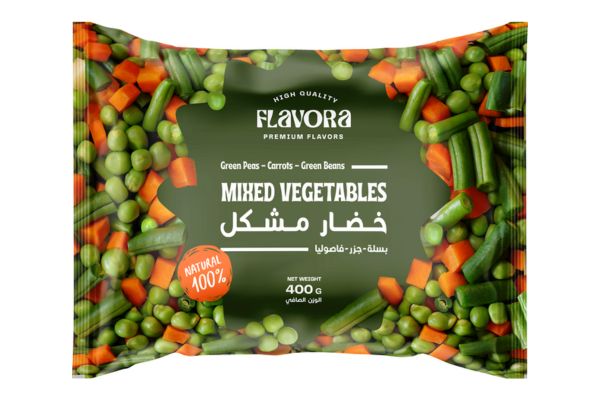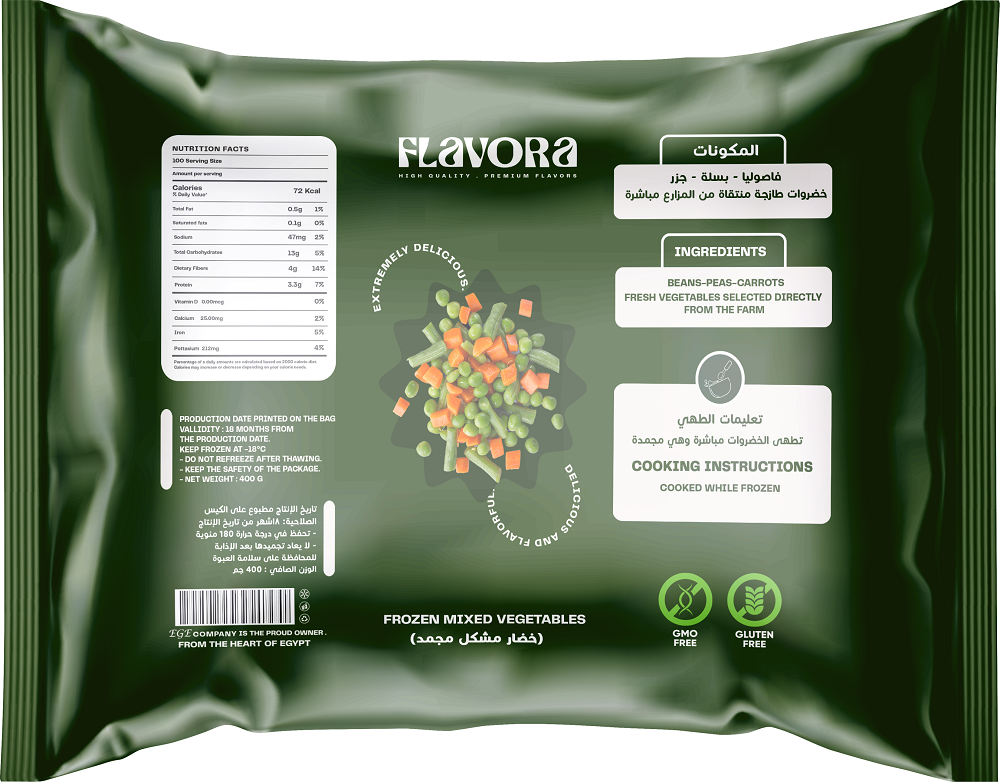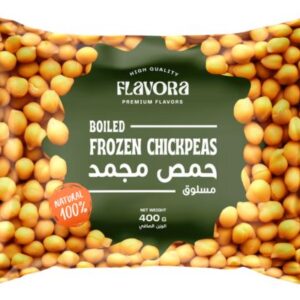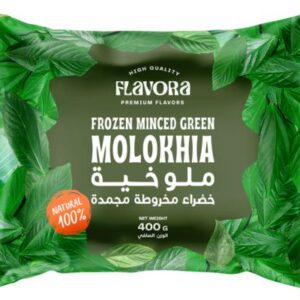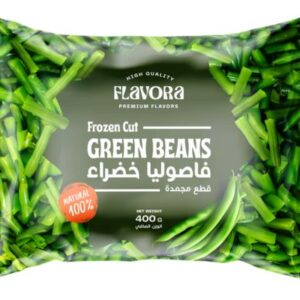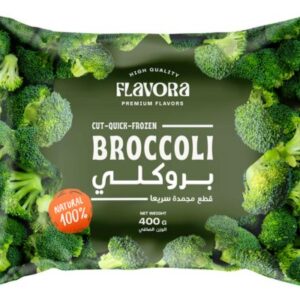Description
1. Description: Frozen mixed vegetables are a combination of different vegetables, typically including carrots, peas, corn, green beans, and sometimes additional vegetables such as lima beans, broccoli, or bell peppers. These vegetables are harvested at peak freshness, cleaned, processed, and frozen to maintain their individual characteristics and create a balanced blend of flavors, textures, and colors.
2. Production Process: The production of frozen mixed vegetables involves several stages:
- Harvesting: Each vegetable component is harvested at its optimum maturity stage to ensure freshness and flavor.
- Cleaning: The vegetables undergo thorough cleaning to remove any dirt, debris, or unwanted particles.
- Cutting/Slicing: Depending on the desired size and shape, the vegetables may be cut, sliced, or diced into uniform pieces.
- Blanching: The vegetables are briefly blanched in boiling water or steam to preserve their color, texture, and nutritional value.
- Mixing: The blanched vegetables are mixed together in predetermined ratios to create the desired blend of flavors and textures.
- Freezing: The mixed vegetables are quickly frozen using blast freezers or individual quick freezing (IQF) technology to maintain their quality and prevent the formation of large ice crystals.
- Packaging: The frozen mixed vegetables are then packaged into bags or containers, often with a protective coating to prevent freezer burn.
3. Storage Requirements: Frozen mixed vegetables should be stored at temperatures below 0°C (32°F) to maintain their quality. They should be kept in airtight packaging to prevent moisture loss and freezer burn. Proper storage conditions help preserve the vegetables’ flavor, texture, and nutritional content for an extended period.
4. Quality Standards: Quality standards for frozen mixed vegetables include:
- Uniformity: The vegetables should be evenly distributed throughout the mixture, with consistent sizes and shapes.
- Color: The vegetables should retain their natural colors, with vibrant hues characteristic of each vegetable.
- Texture: The vegetables should have a firm and crisp texture, free from signs of softness or sogginess.
- Flavor: The mixed vegetables should have a balanced flavor profile, with no overpowering or off-flavors.
- Absence of defects: The vegetables should be free from signs of freezer burn, discoloration, mold, or other defects.
5. Nutritional Value: Frozen mixed vegetables offer a diverse array of vitamins, minerals, and dietary fiber, providing a convenient and nutritious option for consumers. They are rich in essential nutrients such as vitamin A, vitamin C, vitamin K, folate, and potassium. Additionally, they contribute to a well-rounded diet by offering a variety of phytonutrients and antioxidants found in different vegetables.

